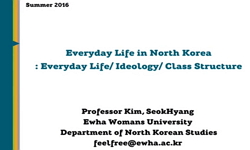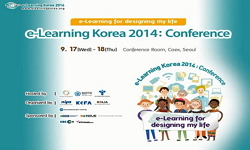In this article, current status of noise exposure in workplaces, trend of workers with noise-induced hearing loss (NIHL), and prevalence of NIHL in workers by industry and job category in Korea were reviewed. In addition, trends of research on the aud...
http://chineseinput.net/에서 pinyin(병음)방식으로 중국어를 변환할 수 있습니다.
변환된 중국어를 복사하여 사용하시면 됩니다.
- 中文 을 입력하시려면 zhongwen을 입력하시고 space를누르시면됩니다.
- 北京 을 입력하시려면 beijing을 입력하시고 space를 누르시면 됩니다.
https://www.riss.kr/link?id=A82493567
- 저자
- 발행기관
- 학술지명
- 권호사항
-
발행연도
2010
-
작성언어
English
- 주제어
-
KDC
510
-
등재정보
SCI,SCIE,SCOPUS,KCI등재
-
자료형태
학술저널
-
수록면
62-69(8쪽)
- 제공처
- 소장기관
-
0
상세조회 -
0
다운로드
부가정보
다국어 초록 (Multilingual Abstract)
In this article, current status of noise exposure in workplaces, trend of workers with noise-induced hearing loss (NIHL), and prevalence of NIHL in workers by industry and job category in Korea were reviewed. In addition, trends of research on the audiological effects such as hearing loss from noise and occupational hearing loss from non-noise in Korea were addressed through reports in industrial audiology. Though noise exposure level has improved, noise still shows the highest rate of cases exceeding exposure limit among workplace hazards. NIHL is the most common occupational disease except work-related disease such as musculoskeletal disorders and cerebrovascular diseases, and NIHL prevalence is thought to be much higher than reported in official publications. Noise affecting hearing comes from various sources such as workplaces, military settings, areas with exposure to high noise, and specific noise sources. There is also occupational hearing loss by non-noise including chemicals such as organic solvents and heavy metals, barotrauma, and trauma due to welding spark. Noise affects daily life through audiological effects such as hearing loss and tinnitus, non-audiological physical effects (e.g., cardiovascular), and psychosocial and behavioral effects. Development of systematic and comprehensive hearing conservation programs for lowering the noise level in workplaces and preventing the NIHL, and preparation of technological, administrative system for its settlement at workplace are urgently needed.
동일학술지(권/호) 다른 논문
-
Occupational Diseases in Korea
- Korean Academy of Medical Science
- Seong-Kyu Kang
- 2010
- SCI,SCIE,SCOPUS,KCI등재
-
Current Status of Pneumoconiosis Patients in Korea
- Korean Academy of Medical Science
- Byung-Soon Choi
- 2010
- SCI,SCIE,SCOPUS,KCI등재
-
- Korean Academy of Medical Science
- Sung Soo Oh
- 2010
- SCI,SCIE,SCOPUS,KCI등재
-
Occupational Neurological Disorders in Korea
- Korean Academy of Medical Science
- Eun-A Kim
- 2010
- SCI,SCIE,SCOPUS,KCI등재








 RISS
RISS







